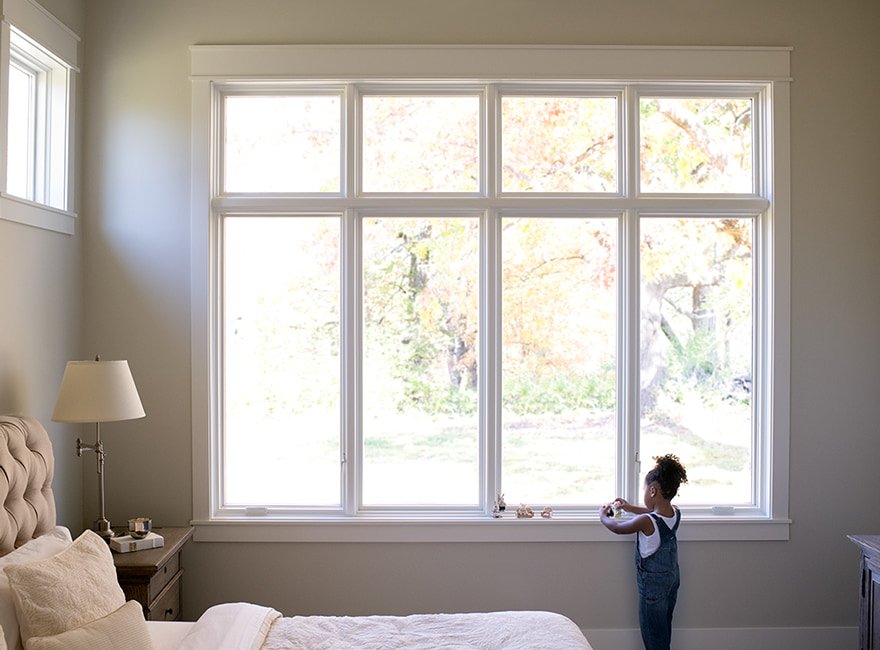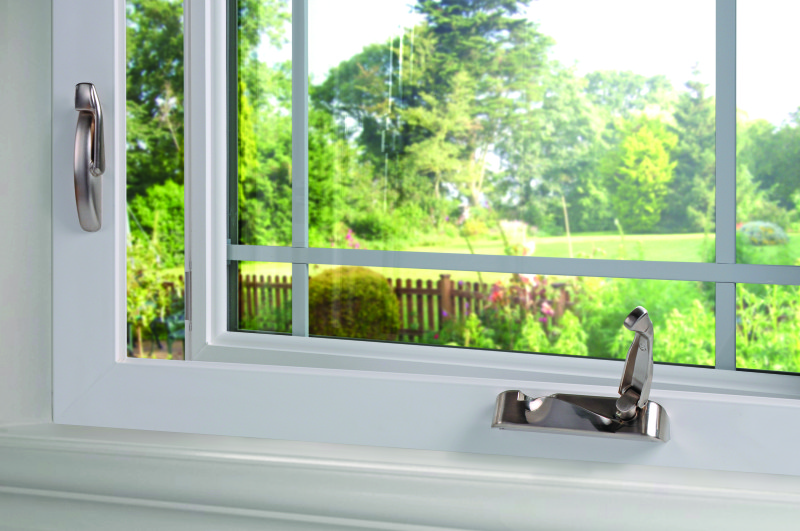5 Signs You Need to Replace Your Windows
Many homeowners may not recognize common window issues. Even if your windows appear fine, there could be other indicators suggesting replacement is necessary. Watch for these five signs:
1. Drafts
Drafty windows can affect indoor temperature consistency and force your HVAC system to work harder. If your home feels drafty, it might be time for new windows.
2. Leaks
Consistent leaks, condensation buildup, and frost during winter all point to the need for window replacement. A broken seal is a clear sign of trouble.
3. Rising Energy Costs
Higher energy bills can indicate air leaks, particularly with older windows. Replacing your windows can help lower your energy costs.
4. Poor Functionality
Windows should open and close easily. Difficulty operating windows may be due to improper installation, warping, damage, or malfunctioning components.
5. Visible Damage
Any damage to locks, frames, sills, seals, or glass can compromise window efficiency and negatively impact indoor air quality.
Considering window and door replacement? We can help you plan, buy, and install windows and doors, ensuring you make an informed decision.
Essential Features of Vinyl Windows
Understanding the essential features of vinyl windows is crucial to make an informed decision when choosing the perfect windows for your home. In this guide, we discuss the three primary components of vinyl windows: frame, glass, and hardware.
Frame
The frame, which includes the head, jambs, and sill, forms the opening where the window sash fits. Our TruVista window frames offer:
- Powder-based construction for rigidity and no air pockets
- Monolithic, one-piece design for strength and durability
- Foam-filled frames for sound insulation and reduced energy transfer
- Shadow welding at 473°F with a countered excursion for optimal aesthetics
- A white vinyl strip for sealing between the sash and glass
- Acrylic blue color tape for glass adhesion to the sash


Glass
The glass, which is available in various types and styles, is the most visible part of the window. Our TruVista glass features:
- A triple seal system using brush and vinyl oil seals for improved insulation
- High-quality (X) Glass from (Mfg), North America’s largest sealed insulated glass fabricator
- A super spacer to prevent moisture and mold buildup between glass panes
- Half-inch spacing between glass panes, filled with argon gas for insulation>
- Argon gas for energy efficiency, keeping cool air in during summer and out during winter
Hardware
High-quality hardware is essential for your windows’ durability and lifespan. Our TruVista glass windows come with:
Powder-coated galvanized steel hinges and hardware to prevent rust and oxidation
A multi-point locking system for structural integrity and sash alignment

Window Installation Types: Choosing the Right Option
While selecting energy-efficient vinyl windows is crucial, it’s also important to consider the type of window installation. TruVista offers three installation options: retrofitting, stud-to-stud installation, and brick-to-brick installation. The best choice depends on factors such as the current state of your windows, budget, and window types. Evaluate your options and select the ideal installation method for your home.

Retrofit / Frame-to-Frame Window
Retrofitting involves attaching the new window frame to the existing one. If your current windows were installed correctly and don't have leaking issues, retrofit windows can be a suitable option. It is a cost-effective, fast, and easy process that doesn't require tearing up your interior or exterior walls.

Stud-to-Stud
Window
This full-frame installation involves removing your current window frames, casing, and jamb, and replacing them with new ones. All existing window parts are removed down to the studs. New aluminum flashing is installed and tied into your home structure, then caulked to prevent water ingress. Foam insulation is applied inside to ensure air tightness. This method is more time-consuming than retrofitting.

Brick-to-Brick
Window
Similar to stud-to-stud installation, brick-to-brick window installation involves removing the existing window components and adding a brick mold to your new vinyl windows. The space between the wall and brick mold is foam-insulated and caulk-sealed for water and air resistance. This method is the most extensive and time-consuming, making it the most expensive option.
Window Glossary: Common Terms Explained
Understanding window components can help you make informed purchase decisions. Here’s a glossary of common window terms:
Small honeycomb spaces within the frame and sash, providing insulation.
A non-toxic gas replacing air between window panes to enhance insulation.
Moisture forming on a window surface.
Conduction refers to heat loss through window edges, sash, and frame, while convection is heat loss due to air movement between the window and its glazing.
A government program setting energy efficiency standards for windows and other products.
Exclusive triple-pane, double argon chamber filled, low-E glass offered by TruVista to counter rising energy costs.
Competitive pricing offered to consumers when window companies manufacture their products based on volume.
Sealing glass to the window sash.
Horizontal or vertical bars installed between glass panes, typically for decoration.
The vertical section of the main window frame.
A thin metallic layer applied to the window surface to reflect sunrays and reduce external energy impact.
Translucent glass.
Measures material resistance to heat. Higher R-values indicate better insulation.
Measures heat transfer; lower U-values signify better window insulation.
The window component containing the glass.
Two-inch-wide wedges used to position the window, ensuring proper installation.
Bottom section of the main window frame, typically with a 2-3 inch lip.
Offers greater energy efficiency, less condensation, and better heat retention in winter and heat blocking in summer.
Glass that breaks into small pieces, preventing injuries from shards.
Insulation slowing heat transfer through windows.
Window mechanism unlocking the sash, allowing it to tilt.
Material forming a weather-resistant seal around the window sash to prevent air and water leakage.
Window Types (1)
Window Types: Definitions and Applications
When shopping for windows, consider your home’s design, style, and the room where they’ll be installed. Many homeowners opt for a combination of window styles, including:
Awning
Bay/Bow
Casement
Single Slider
Double Slider
Single Hung
Double Hung
Awning Window
Top-hinged windows that swing outward for ventilation. Easy to clean from inside and provide increased ventilation and natural light. Commonly installed above or below other windows or above doors, they can also be used as structural windows.
Bay/Bow Windows
Ideal for creating an alcove with natural light, bay windows project outward from the wall at 30 or 45 degrees, enhancing curb appeal. Suitable for larger rooms and customizable with various finishes and glass types, they become focal points in any room.
Casement Windows
Contemporary, upright windows that open and close outward like a door for proper ventilation. Can be installed alone or with other windows, offering clear sightlines. Durable, energy-efficient, and easy to clean.
Single Slider Windows
Practical, easy-to-use windows that slide horizontally for opening and closing. Ideal for various rooms, they are secure, easy to clean, energy-efficient, and available in multiple frame and glass finishes.
Double Slider Windows
Similar to single slider windows but with two openings, allowing both sides to open for increased airflow. Suitable for larger window openings, they offer modern functionality.
Single Hung Windows
Featuring a tilt-in sash, these windows provide extra security and energy efficiency. Low maintenance and suitable for almost every room in your home.
Double Hung Windows
Offering the same features and functionality as single hung windows, double hung windows are larger, making them ideal for larger openings.



